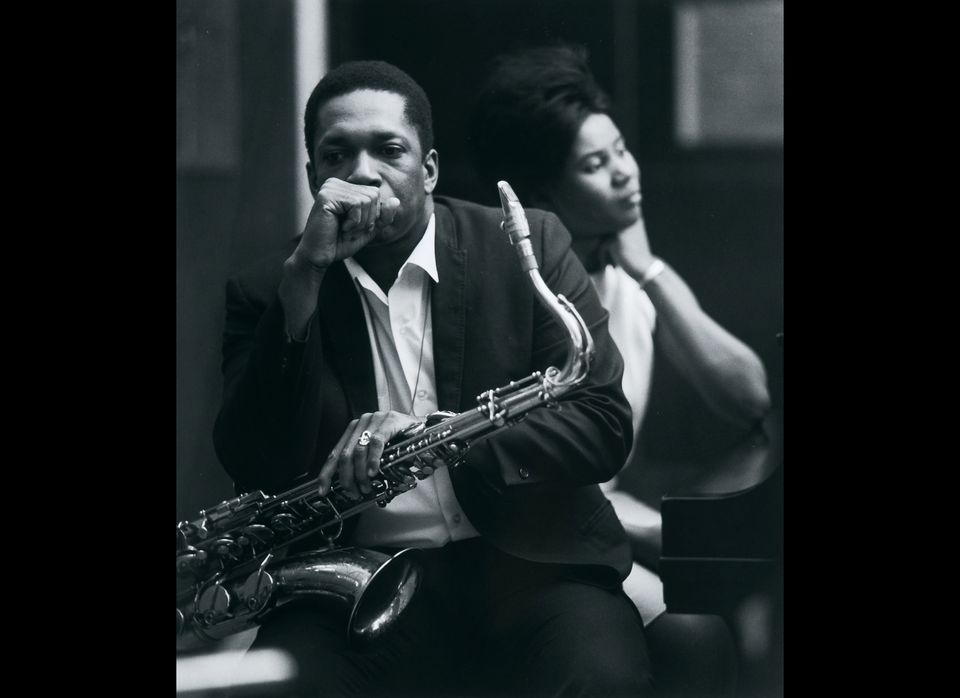
During Black History Month, curators at one of the largest institutions dedicated to documenting African-American history and culture could probably sit back and relax, confident that they could draw crowds solely on the strength of their permanent collection.
But instead, Detroit's Charles H. Wright Museum of African American History, which already has a lively schedule, is ramping up to present a staggering array of public programs and some new exhibits so visitors can examine African-American history through different lenses.
One new exhibit, "Mixing Metaphors: The Aesthetic, Social and Political in African American Art," opens on Friday. Photographer and art historian Deborah Willis, who guest curated the exhibit, chose works from the 1960s through the 1990s for their layered meaning. "I wanted to focus on how African-American artists define and explore the concepts of beauty and abstraction when depicting moments from the extraordinary to the mundane," Willis said.
In media ranging from batik to photography, the pieces cross all sorts of boundaries; their subjects stetch from Atlanta shacks to jazz legends. The exhibit not only celebrates the artists but also provides a historical understanding of African-American art and its evolution, said Patrina Chatman, a curator at the Wright.
During the Harlem Renaissance in the 1920s and 1930s, artists were often asked to provide realistic representations of African-American life in their paintings, Chatman said. Yet, Romare Bearden broke away from that tradition and started using mixed media, she said, citing some of his pieces from the 1960s included in the show.
"History and art -- it's a great marriage," Chatman said. "Because we are a history museum, it's wonderful when we have art that reflects history, life and culture."
One of the best examples of this is a series of 21 photogravures by Lorna Simpson. Each of the small, richly textured images portrays one or two hands, cropped from much larger portraits. Every image in her "Details" series is paired with a word or phrase -- such as "separated," "soulful," or "applauded" -- that gives the viewer a new context for the picture.
The exhibit includes more than 90 works by 36 artists, including iconic images as well as new classics by artists like Gordon Parks, Dawoud Bey, James Van Der Zee and Carrie Mae Weems and Lawrence Finney,
The Wright's other big exhibit is "Moving to His Own Beat -- Fela: The Man, the Movement, the Music," which opened Jan. 13. The exhibition relies on archival footage and objects to tell the story of legendary Nigerian political activist and musician Fela Anikulapo-Kuti. The show is coordinated with the Detroit Music Hall, which is bringing the Broadway show "Fela!" to its stage on Feb. 14.
But what Detroiters might find most fascinating is a small traveling exhibit, which opened Wednesday, in a tucked-away classroom on the lower level of the Wright. Organized by the Michigan Humanities Council, "We Don't Want Them: A History of Detroit's Housing Segregation" deals with important moments in the city's civil rights history, with a special focus on the struggles over housing segregation. It traces the race riots of 1943 and the development of African-American neighborhoods of Black Bottom and Paradise Valley.
"It's African-American of course, because of its focus," Chatman said, "but really, it's American history."
The Charles H. Wright Museum, located at 315 East Warren Ave. in Detroit, is open 9 a.m. to 5 p.m. on Monday through Saturday and 1 to 5 p.m. on Sundays. After February, the museum will be closed on Mondays. For a full list of the museum's Black History Month programming, see its website.
See images from "Mixing Metaphors" below.

